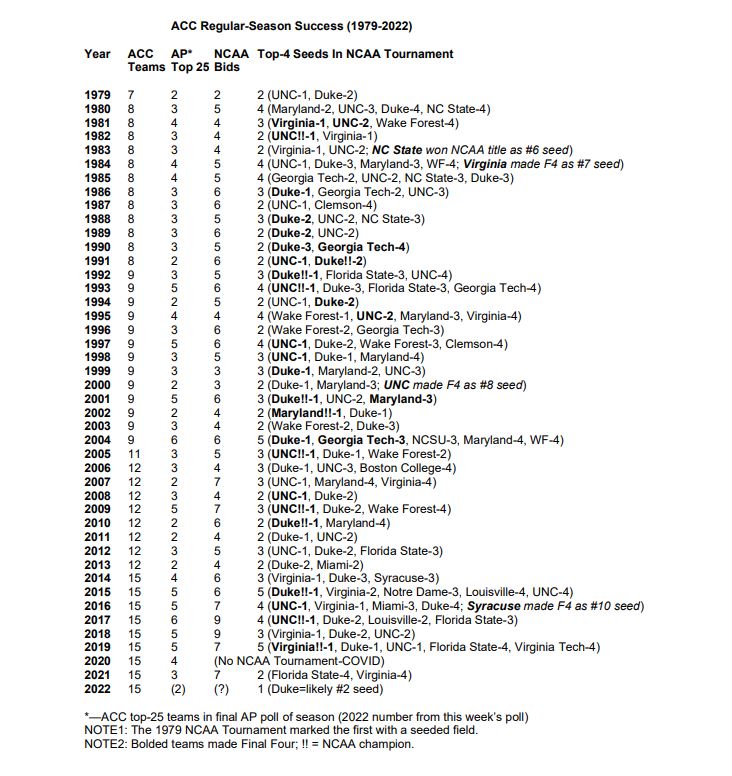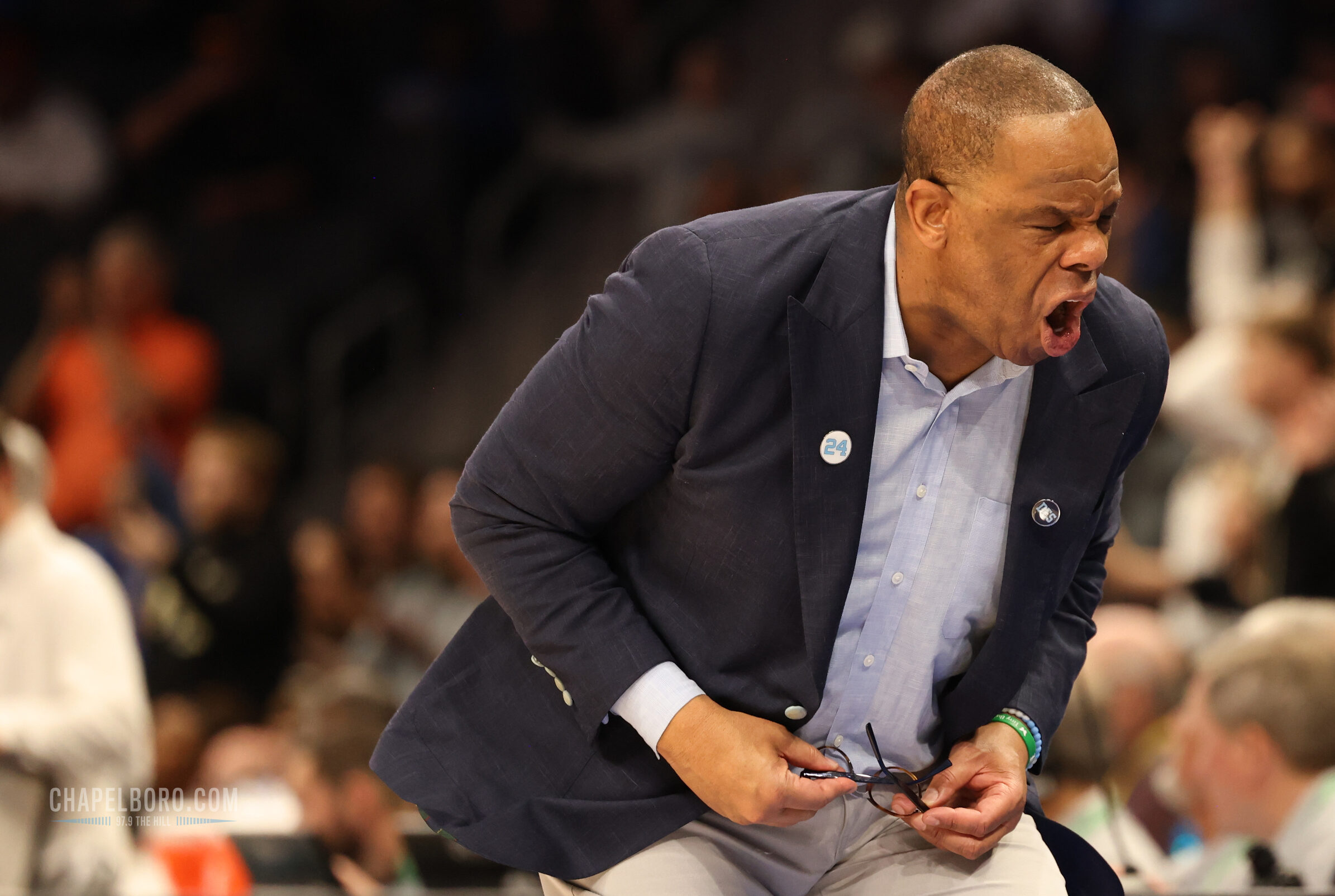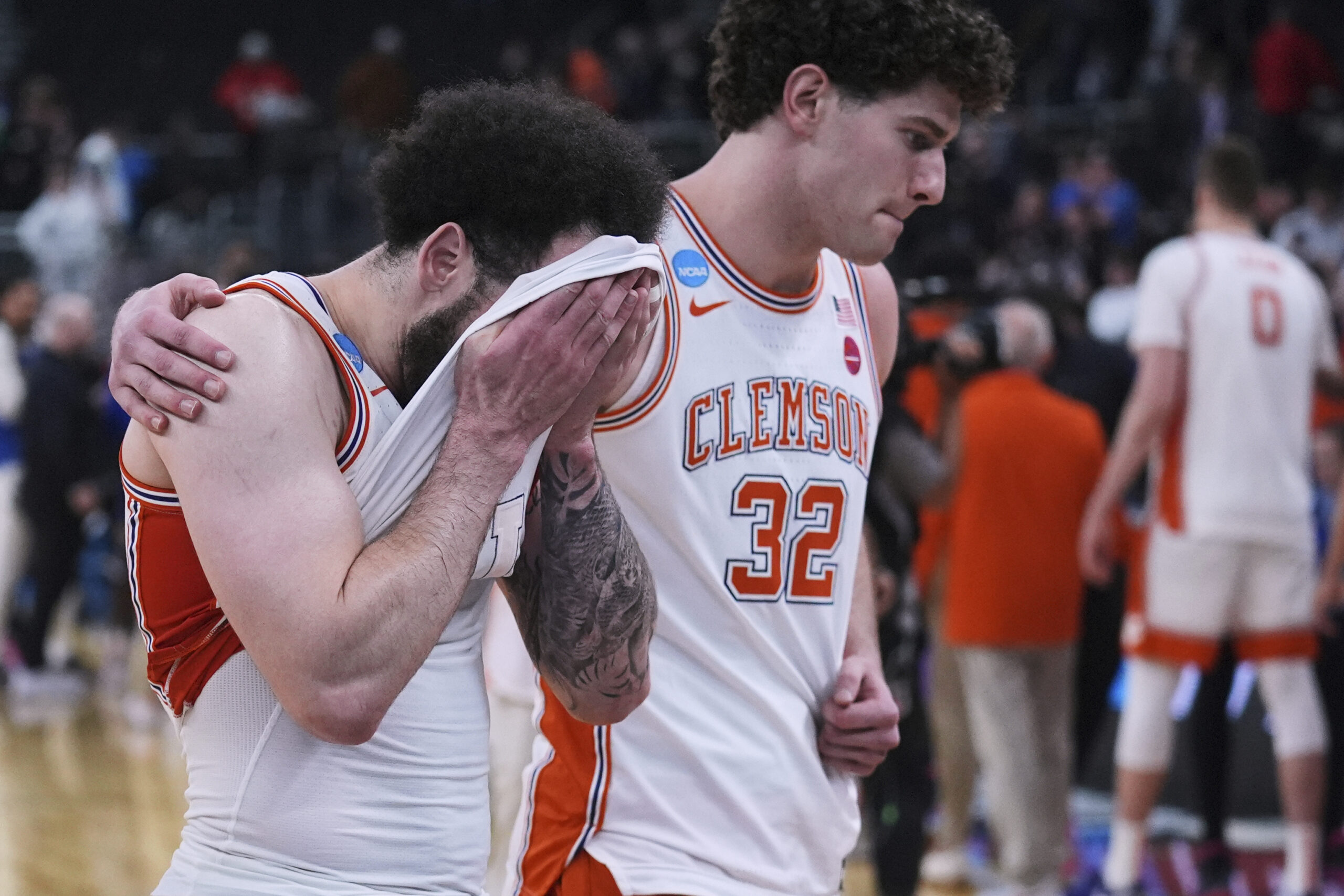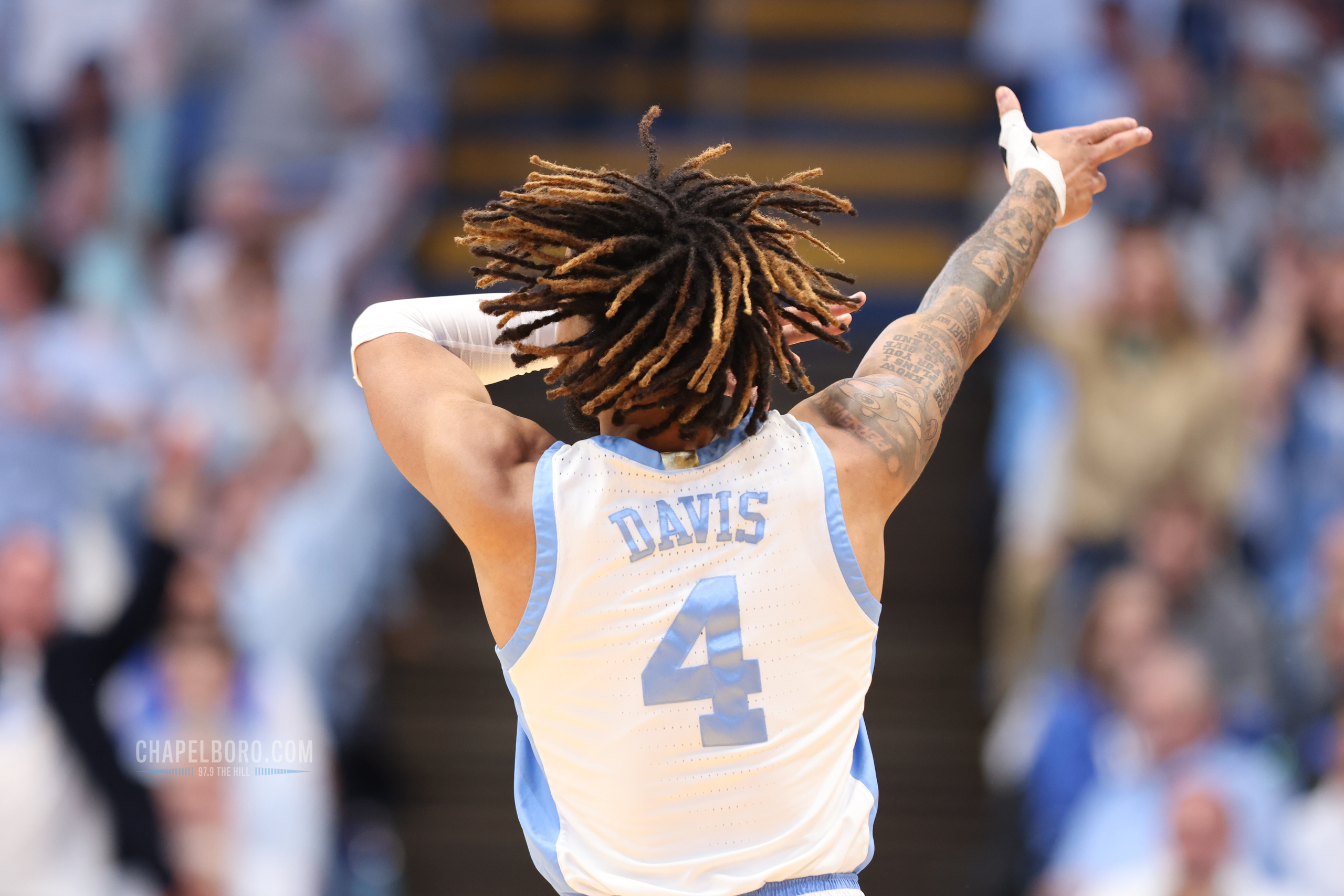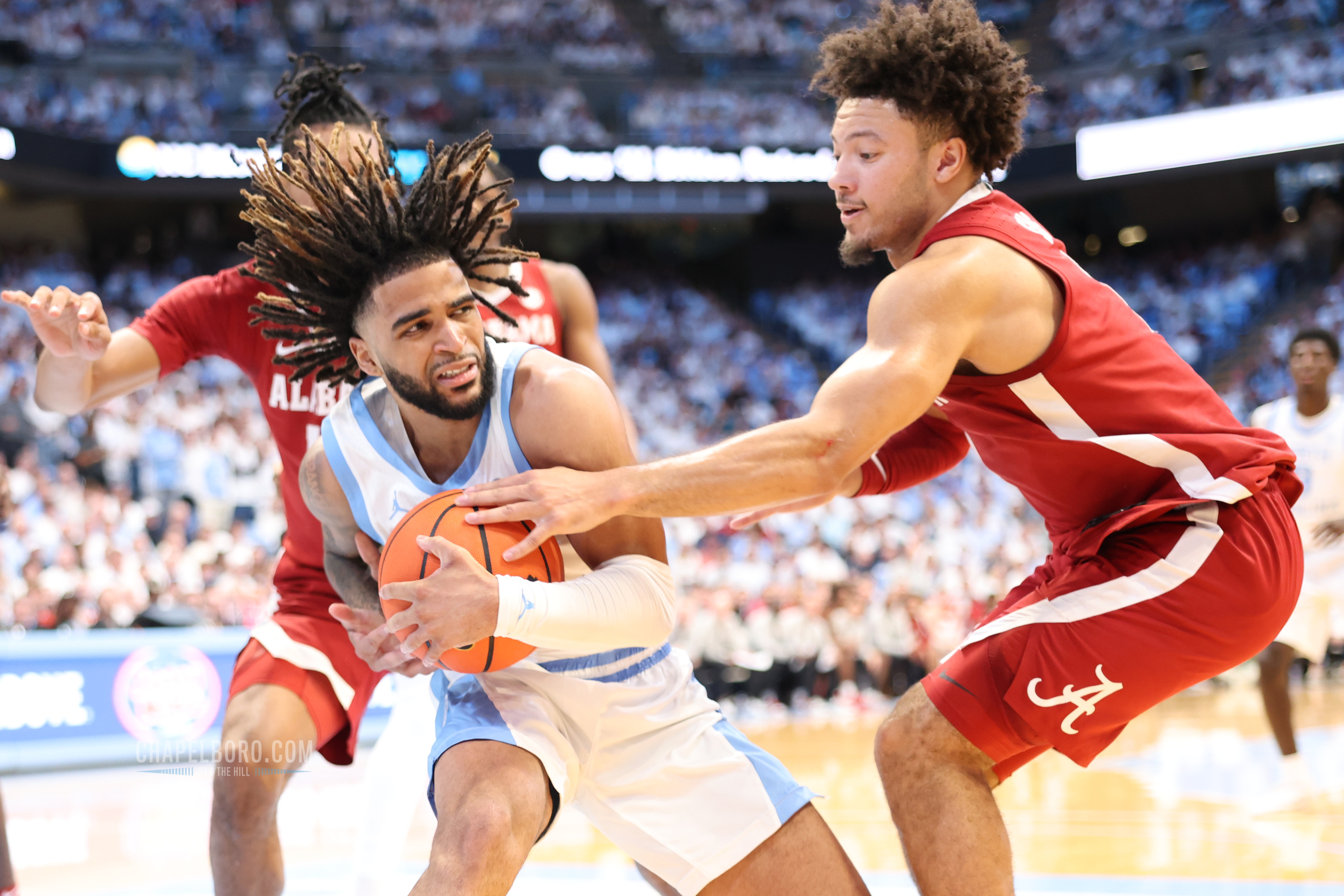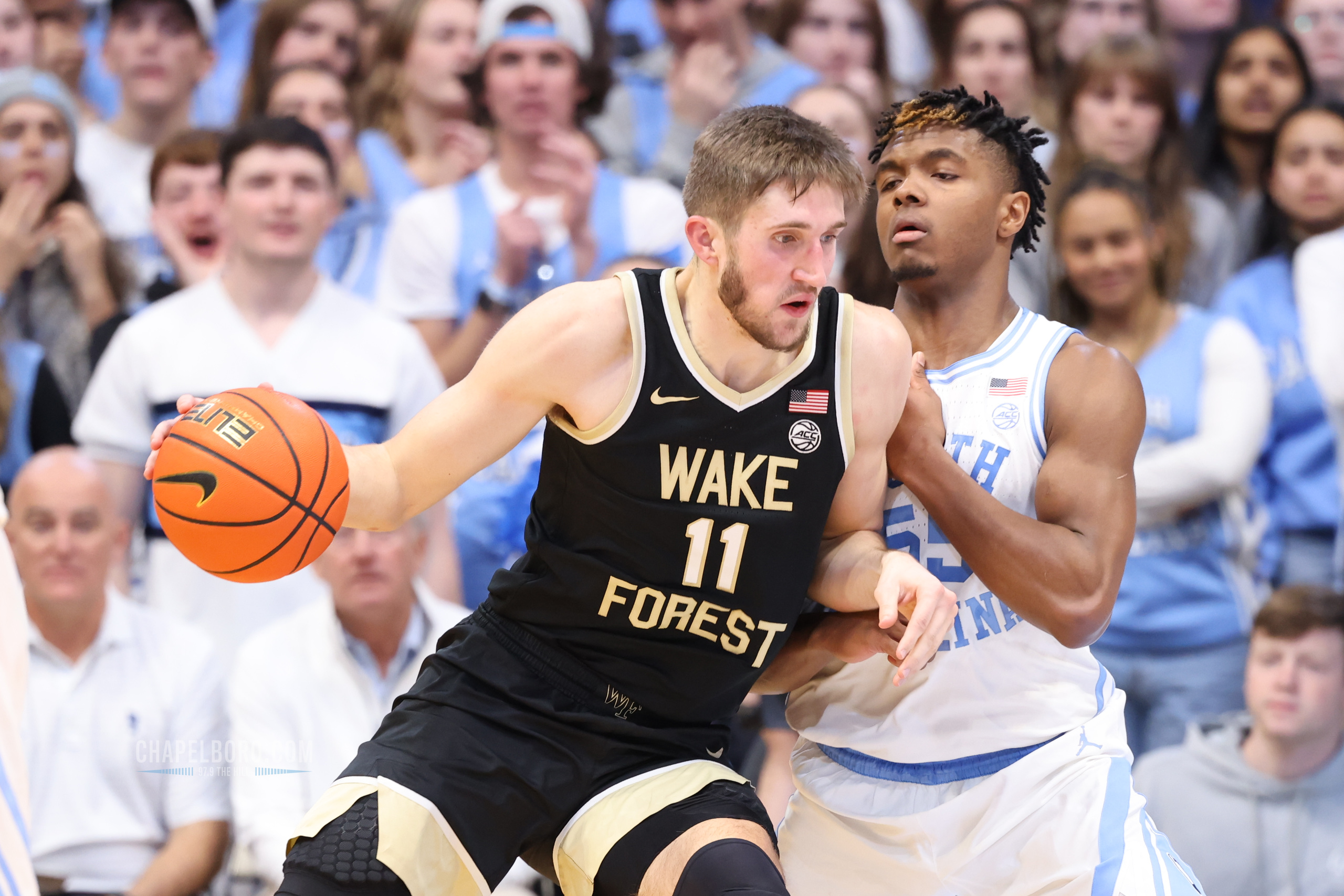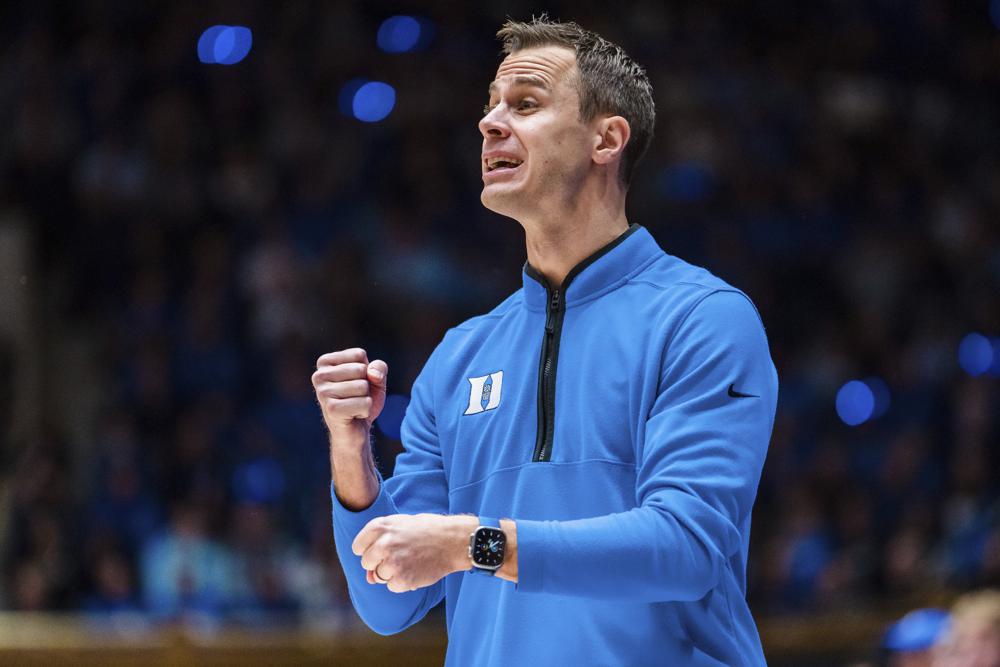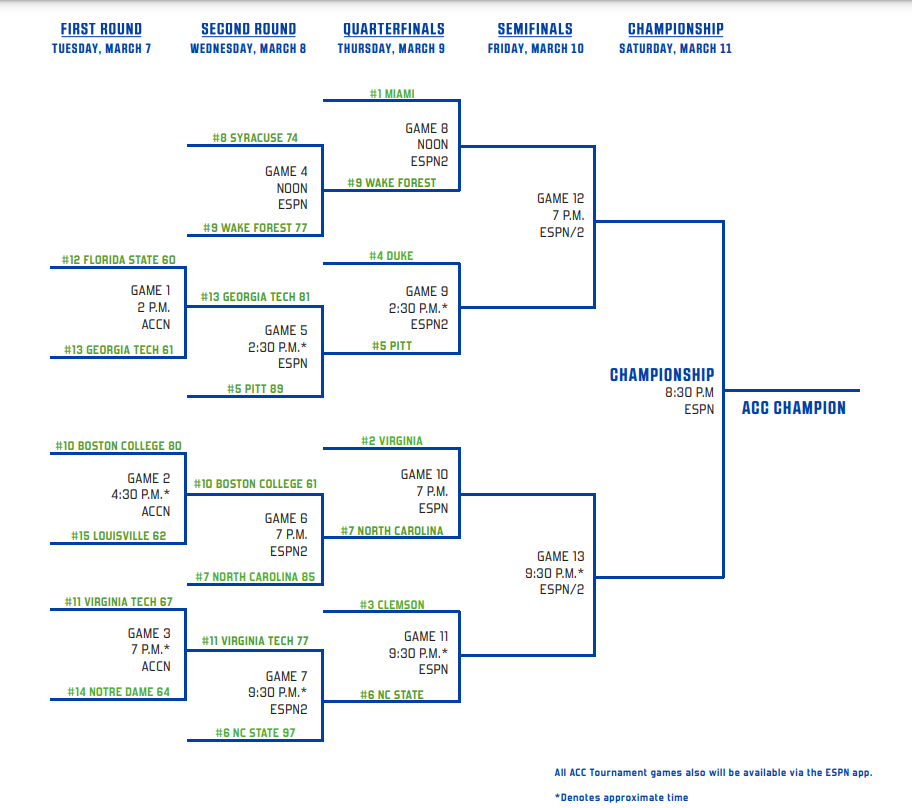
The truth hurts sometimes.
During an ACC game recently, the announcers revisited a common theme from the last several months: Is this really a subpar season for ACC men’s basketball?
“What we’re watching is truly special,” the play-by-play voice gushed, “yet, somehow, there’s been a lot of talk about this being a down year for the ACC.”
“Yeah, I think there’s been a little too much talk,” the color commentator quickly responded. “This is a great league.”
But is it? Really? This season?
The evidence not only suggests otherwise, it makes those comments truly laughable.
Anyone suggesting that the ACC’s 2021-22 regular season was “great” is merely an advocate, a cheerleader. Nobody sincerely pursuing the truth, with actual evidence, can possibly reach that conclusion.
Here’s a quick comparison of this year’s ACC, whose current members have won six of the last 12 NCAA championships (50% from a single league!), with some of its usual standards.
NCAA Tournament Bids: Since the NCAA Tournament expanded to 64 (now 68) teams in 1985, the ACC regularly has sent half or more of its teams to the Big Dance. (Please see the accompanying chart.) There have been plenty of years when the ACC advanced two-thirds or even three-quarters of its members to the sport’s ultimate platform, and since becoming a 15-team league it has averaged between seven and eight bids per season.
This year, of course, the ACC’s most likely number of NCAA Tournament participants is five. Duke will be a high seed, and UNC’s recent victory over the Blue Devils in Durham likely clinched a spot for the Tar Heels. Miami and Notre Dame also feel good about their chances. Wake Forest, while a bubble team, has a good shot, too. Virginia Tech and Virginia are longshots, at least for now, meaning the ACC is likely to have the smallest number of bids it’s ever received as a 15-team conference.
Top-4 NCAA Seeds: This category is relevant, in part, because since NCAA Tournament officials started seeded the field in 1979, the national champion has come from among the top four seeds more than 90 percent (38 of 42) of the time.
How many times, in the last 43 years, has the ACC failed to produce at least two top-four seeds? Never! (Please see the accompanying chart.) Until now. Duke appears headed for a #2 seed, although the Blue Devils could move up or down one seed line. Nobody else in the ACC has a chance. This is the same league that often has placed four or five teams in that top 16.
AP Top 25 Teams: Prior to this week, when UNC entered the Associated Press Top 25 at #25 (the Tar Heels were not ranked in the coaches’ poll,) Duke had been the league’s only team in those rankings for months. Again, that almost never happens to the ACC.
As an eight-team league, the ACC often had four of its teams (half!) finish in the Top 25. As a nine-team league, it routinely had three or more, and it once had six! (Please see the accompanying chart.) As a 15-team league, it has averaged almost five Top 25 teams per year in the final rankings. This season isn’t over yet, obviously, but if the ACC ends up with only one or two ranked teams, that would mark a historically bad performance.
NET Rankings: The NCAA Tournament selection committee uses this as one of its tools to evaluate resumes, select at-large teams and seed its 68-team field.
Entering Tuesday’s games, the ACC had only one team (Duke at #9) in the NET top 25. All of these conferences had more: Big Ten (5), SEC (5), Big 12 (4), West Coast (3), Big East (2) and Pac-12 (2). Even the Mountain West had three teams ahead of the ACC’s second-highest team, UNC, which was #33 in the NET rankings.
KenPom Metrics: Ken Pomeroy, a 1995 Virginia Tech graduate, has 21 seasons of NCAA basketball data available at his website, KenPom.com, which is quoted regularly by college basketball broadcasters and writers.
In many seasons, the ACC has been ranked the top men’s basketball conference in America. This year, it is sixth, behind (in order) the Big 12, SEC, Big Ten, Big East and Pac-12. In the KenPom team rankings, Duke (#6) is the only ACC team in the top 25. Again, the SEC (6), Big 12 (4), Big Ten (3), West Coast (3), Big East (2) and Pac-12 (2) all have more top-25 teams.
The bottom line: Yes, especially by the ACC’s lofty standards, the 2021-22 regular season was extremely disappointing, several notches below the league’s typical performance level.
It’s OK to write that, or say it out loud (even on an ACC broadcast!) because it’s true.
Looking ahead, remember, that undeniably subpar regular season certainly doesn’t prevent other good or even great things from happening.
Perhaps the ACC Tournament will be thrilling and unforgettable. Then, even if the league’s number of NCAA Tournament participants is uncommonly low, maybe one or more of those (five?) representatives will play their best basketball of the season, populate the Sweet 16, make a run at the Final Four or even cut down the nets with a national championship.
That’s looking ahead, though. Looking back, there’s really no debate. It was a bad season.
Next time: ACC Tournament Fun Facts
Photo via The Cardinal Connect.
 David Glenn (DavidGlennShow.com, @DavidGlennShow) is an award-winning author, broadcaster, editor, entrepreneur, publisher, speaker, writer and university lecturer (now at UNC Wilmington) who has covered sports in North Carolina since 1987.
David Glenn (DavidGlennShow.com, @DavidGlennShow) is an award-winning author, broadcaster, editor, entrepreneur, publisher, speaker, writer and university lecturer (now at UNC Wilmington) who has covered sports in North Carolina since 1987.
The founding editor and long-time owner of the ACC Sports Journal and ACCSports.com, he also has contributed to the Durham Herald-Sun, ESPN Radio, the New York Times, the Washington Post, Raycom Sports, SiriusXM and most recently The Athletic. From 1999-2020, he also hosted the David Glenn Show, which became the largest sports radio program in the history of the Carolinas, syndicated in more than 300 North Carolina cities and towns, plus parts of South Carolina and Virginia.

